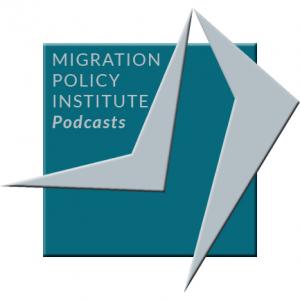
Wednesday Jun 27, 2018
K-12 Instructional Models for English Learners: What They Are and Why They Matter
Ample data on English Learner (EL) student outcomes provide evidence of the steep challenge these students face in developing grade-level academic language and content knowledge. These data point to a critical question: are local schools and school districts using appropriate instructional program models to meet EL needs? While the effectiveness of specific instructional models for these students—such as dual language, transitional bilingual, and English-only approaches—have attracted the attention of researchers and policymakers, instructional programming actually provided by schools or school districts is often a mix of different models or approaches. For this reason, it is crucial that a range of stakeholders—including state and local education agency leaders, legislators, school board members, and community advocates—have a clear picture of what programs are offered to EL students and factors that might indicate whether they are appropriate and effective choices.
To improve understanding about the critical nature of the choices schools make with regard to EL instruction programs, MPI’s National Center on Immigrant Integration Policy released an issue brief, the second in an EL Insights series, that describes the goals and main features of common instructional models and key factors that often shape their selection and implementation by schools. In this webinar, the brief’s author, Julie Sugarman, discusses the key features of EL instructional models, how they are sometimes woven together to address language- and content-learning needs of students, and factors that can account for varied approaches within and across schools.
Other experts discuss state- and district-level approaches to supporting schools in implementing effective EL program models. They highlight the evolution of bilingual and dual language programming in Madison, Wisconsin, and New York State’s implementation of English as a New Language units of study as the foundation for more effective EL programming. Both speakers illustrate how, in order to improve the academic trajectories of EL students, ongoing reflection guided policy revisions and changes to the design and support of EL programs.
No comments yet. Be the first to say something!